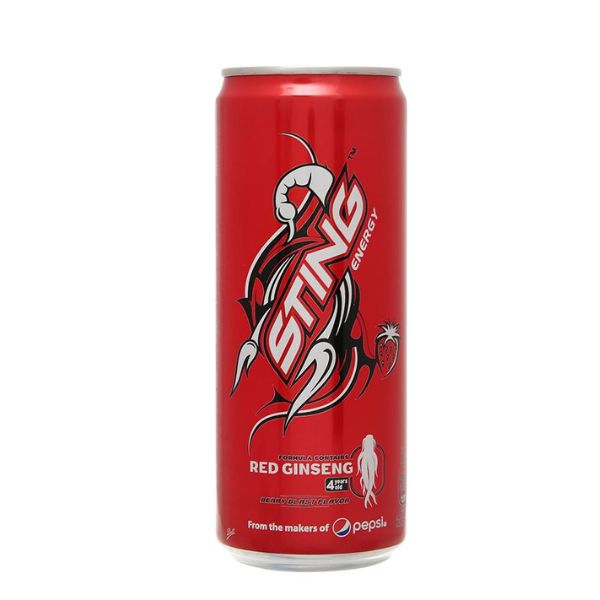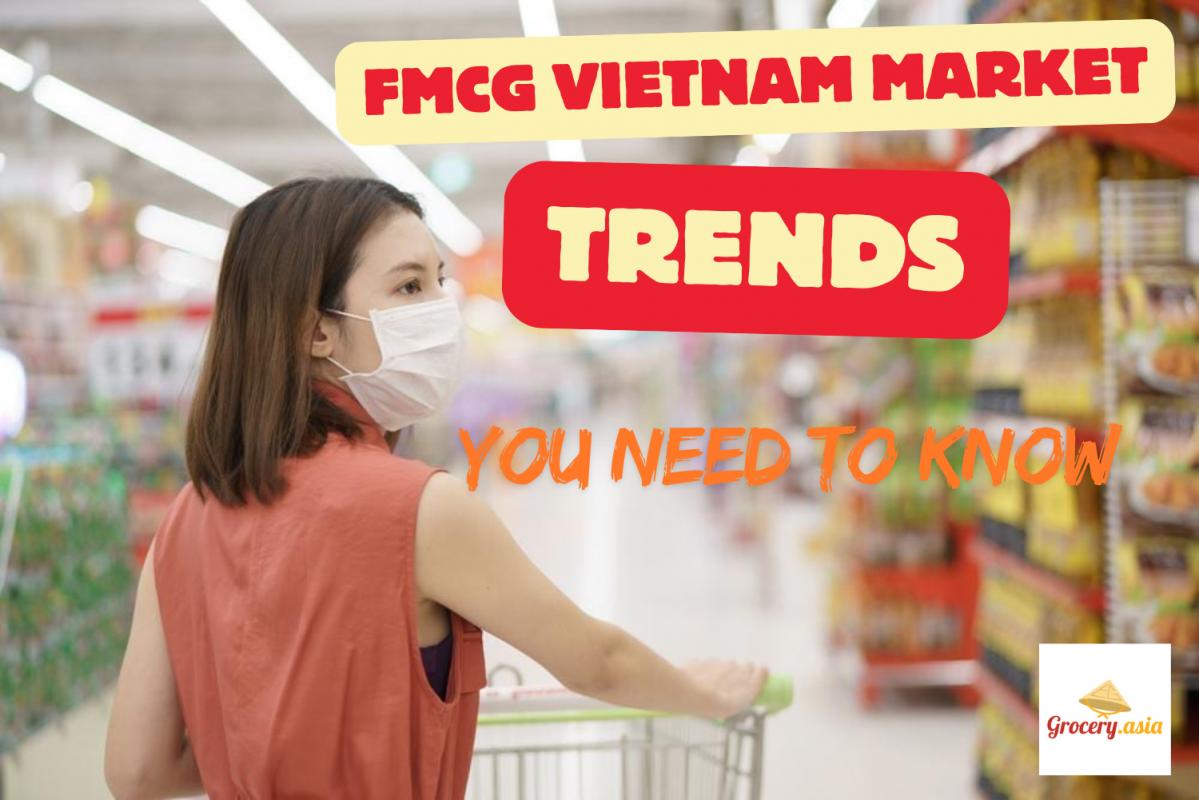No products in the cart.
Beverages News, Coffee, Food News, Home Care, Personal Care News
FMCG Vietnam Market Trends You Need to Know
Table of Contents
FMCG Vietnam Market Trends You Need to Know
As the world turns its gaze towards Asia, Vietnam’s fast-moving consumer goods (FMCG) sector stands out like a beacon of opportunity. Did you know that the FMCG market in Vietnam has experienced a transformation influenced by evolving consumer preferences and economic shifts? In this blog post, I’ll explore the latest market trends, consumer behaviors, and what the future holds for FMCG in Vietnam. You’ll learn not just about the statistics but the nuanced landscape that shapes this dynamic market.
Key Trends and Statistics in the FMCG Market in Vietnam
Market Growth and Economic Factors
In recent years, the Vietnam FMCG market growth has demonstrated resilience. However, 2021 marked a slowdown, with urban areas witnessing a 4% growth compared to 5% in rural areas, a significant drop from the previous year’s 10%. Despite challenges posed by COVID-19, Vietnam’s economy made a commendable recovery, especially in the last quarter of 2021, alongside a decline in consumer prices. Rising oil prices and high unemployment rates are expected to stir inflation in 2022, making it crucial to keep an eye on economic indicators.
Category Performance
Among the various categories, packaged foods and dairy led the charge, showcasing impressive value increases: 14% and 12% in urban areas, respectively. Sugar recorded a staggering 30% growth in urban markets, fueled by a 24% rise in average prices and a 5% increase in volume sales. However, it’s important to note that beverage consumption slumped, especially during the pandemic’s fourth wave, with rural areas experiencing a decline of 5%.
Retail and Distribution
The way we shop is changing rapidly, and the emergence of e-commerce expansion in the Vietnam FMCG sector reflects that transformation. Convenient retail formats flourished, with online shopping and minimarkets seeing growth rates of 60% and 27% during social distancing periods. Modern retail channels, such as supermarkets and convenience stores, have made it significantly easier for consumers to access FMCG products, further propelling market dynamics.

Explore Unilever’s diverse product range here.
Consumer Preferences and Behavior
As I delve deeper into FMCG consumer behavior in Vietnam, one prevalent trend stands out: health consciousness. Consumers are increasingly leaning towards products that promise health benefits, natural ingredients, and sustainability. The demand for eco-friendly products continues to rise as consumers prioritize responsible production practices. During festive occasions like Tet, there’s a noticeable shift towards practical gift sets, with household appliances and personal care items taking precedence over traditional FMCG gifts. To learn more about health-focused consumer trends, check out the effects of drinking energy drinks.
Digital and E-commerce Trends
The digital landscape is reshaping the FMCG market. Brands are now feeling the pressure to adapt to this shift, leveraging advanced digital marketing strategies and data analytics. Companies must invest in effective online sales channels to cater to the tech-savvy consumers, making e-commerce a vital component of their business models. For insights on consumer preferences, you can refer to Should You Drink Instant Coffee.
Future Outlook of the FMCG Market
Looking Ahead, the future of the Vietnam FMCG market appears bright. We’re likely to see continuous growth fueled by economic advancements and rising consumer spending. Key trends encompassing health and wellness, sustainability, and the proliferation of e-commerce will dictate the direction of the market. Notably, FMCG growth during Tet 2025 is forecasted to reach 1-3%, with an expectation for greater increases in rural areas. You might also be interested in the how to keep clothes soft and smell good, which ties into consumer preferences for sustainability.

Learn more about Sting Energy Drink here.
Conclusion
In conclusion, navigating the FMCG market in Vietnam requires a keen understanding of evolving consumer preferences and market dynamics. With the rise of health consciousness, demand for sustainability, and the shift towards e-commerce, companies must adapt their strategies accordingly. As the market continues to evolve, staying informed will be essential for anyone looking to seize the opportunities within this vibrant sector. If you’ve found this post insightful, please share your thoughts or engage in the comments below!
Join the Conversation!
Did you find this information valuable? Feel free to subscribe for more insights on the FMCG market or share your experiences with FMCG products in Vietnam.
Frequently Asked Questions (FAQ)
What are the current FMCG market growth rates in Vietnam?
The recent trends indicate a slowdown in FMCG market growth, with urban areas experiencing a 4% increase in 2021.
How does urbanization impact the FMCG market in Vietnam?
Urbanization has been a key driver of demand, influencing purchasing patterns and increasing the purchasing power of urban consumers.
What are the main drivers of FMCG growth in Vietnam?
Key drivers include rising disposable incomes, health consciousness, urbanization, and the expansion of digital platforms.
How are consumer preferences evolving in the Vietnam FMCG market?
Consumers are increasingly favoring health and wellness products, as well as eco-friendly and sustainable options.
What is the future outlook for the Vietnam FMCG market?
The future looks optimistic, with continued expansion expected, particularly in health-focused and sustainable product segments.


